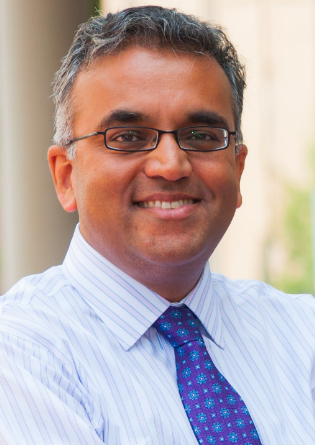A long time ago, when I worked in Sweden’s Socialized health care system, there were no incentives to see more patients.
In the hospital and in the outpatient offices there were scheduled coffee breaks at 10 and at 3 o’clock, lunch was an hour, and everyone left on the dot at five. On-call work was reimbursed as time off. Any extra income would have been taxed at the prevailing marginal income tax rate of somewhere around 80%.
There was, in my view, a culture of giving less than you were able to, a lack of urgency, and a patient-unfriendly set of barriers. One example: most clinics took phone calls only for an hour or two in the morning.
After that, there was no patient access; no additions were made to providers’ schedules, even if some patients didn’t keep their appointments, not that there was a way to call and make a same-day cancellation.
As my father always said: “There must be a reward for working”.
But, high productivity can sometimes mean churning out patient visits without accomplishing much, or it can mean providing unnecessary care just to increase revenue. For example, some of my patients who spend winters in warmer climates come back with tall tales of excessive testing while away.
A recent Wall Street Journal article offers an interactive display of doctors who collect the highest Medicare payments. The difference between providers in the same specialties across the country makes interesting reading. It is hard to imagine that many individual doctors are billing Medicare more than $10,000,000 per year.
So it might make sense to insure against paying for excessive care by also demanding a certain level of quality.
But defining quality is fraught with scientific and ethical problems, since quality targets really aren’t, or shouldn’t be, the same for all of our patients.
















